Constitutional Law at Comoros
The constitutional law of Comoros is based on its Constitution of 2001, which was later amended in 2009 and 2018. Comoros is a small island nation in the Indian Ocean, and its constitutional structure reflects a blend of centralized authority and island autonomy.
Here are the key features of Constitutional Law in Comoros:
1. Federal Structure with Island Autonomy
Comoros is composed of three main islands: Grande Comore (Ngazidja), Anjouan (Nzwani), and Mohéli (Mwali).
Each island has its own president and assembly, with certain powers reserved to the federal (Union) government.
This arrangement was meant to address secessionist tensions, particularly with Anjouan.
2. The 2001 Constitution
It introduced a Union of the Comoros to replace the centralized Republic.
Allowed each island to elect a local president and legislature.
Established rotating presidency: the federal president rotates among the islands every five years.
3. The 2018 Constitutional Amendment
Abolished the rotating presidency, allowing consecutive presidential terms.
Centralized more power in the hands of the Union president.
Led to criticism and unrest, especially from Anjouan, which felt the change undermined their autonomy.
4. Executive, Legislature, and Judiciary
Executive: President of the Union is both head of state and government.
Legislature: Unicameral Assembly of the Union, with members elected through direct vote.
Judiciary: Includes a Constitutional Court, although its independence and role have varied over time.
5. Human Rights and Rule of Law
The Constitution contains guarantees of human rights, but enforcement is often inconsistent.
Political repression and limitations on freedom of expression have been concerns, particularly during and after elections.


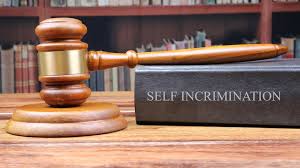
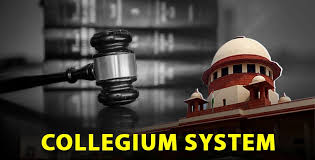




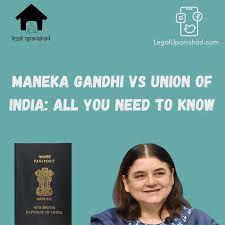
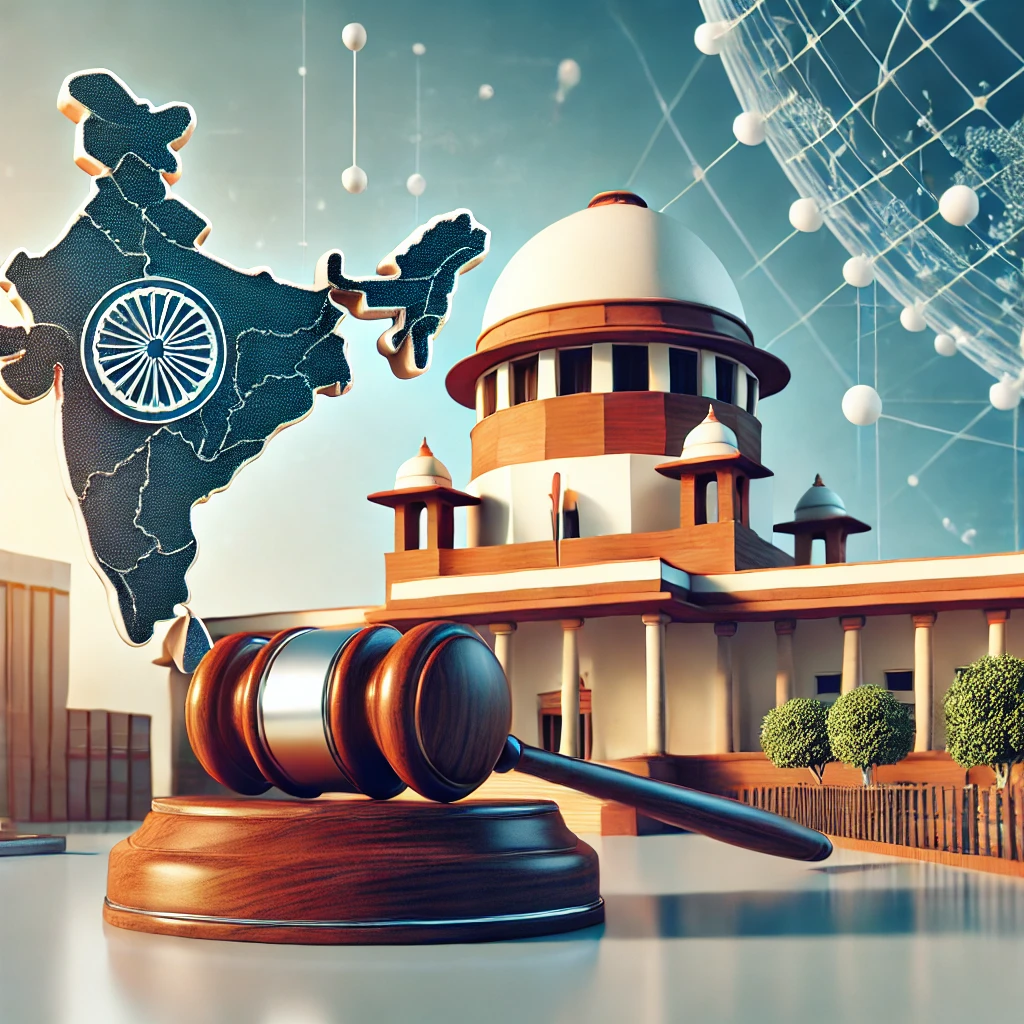
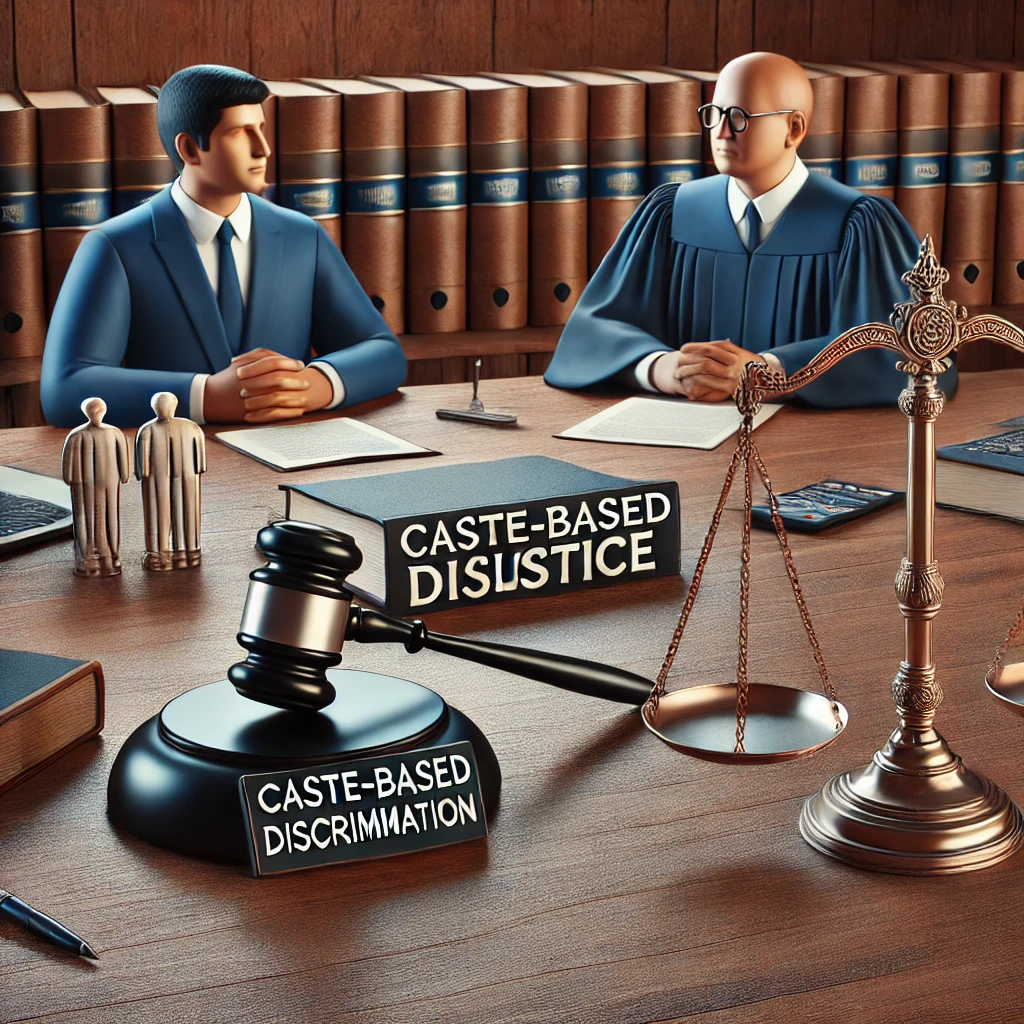
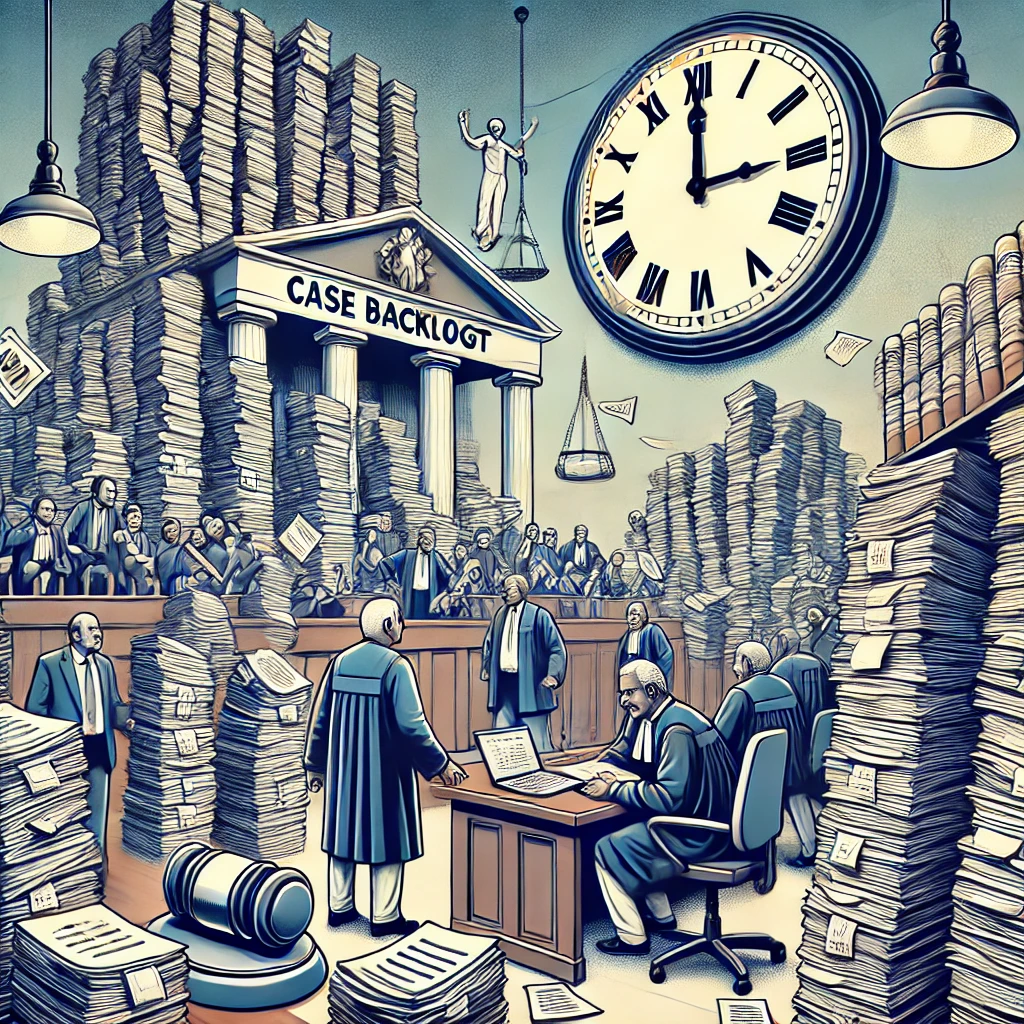



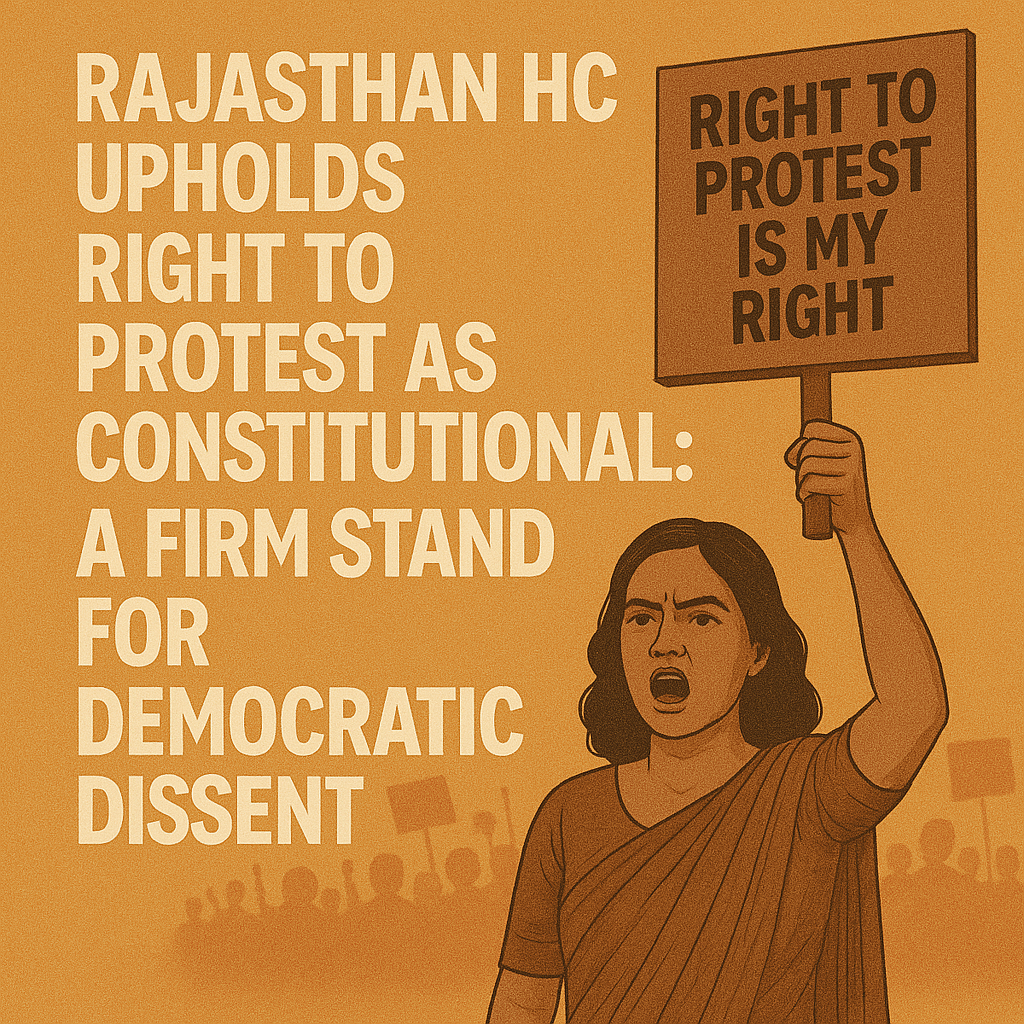


0 comments